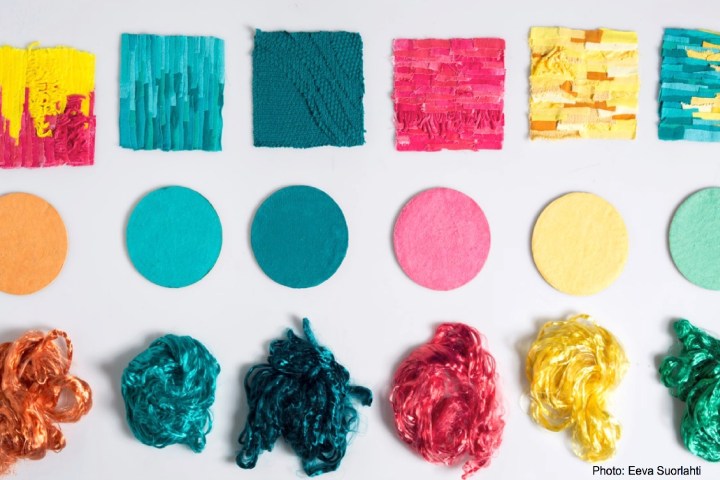
That’s something that scientists from Aalto University in Finland want to change with an innovative technique for melting down old clothes to create new material.
“My work is part of an E.U. Horizon 2020 project called Trash-2-Cash that aims to reduce environmental pollution by trying to find adequate recycling strategies for cotton and polyester-based waste textiles,” Haslinger Simone, a doctoral candidate in Department of Bioproducts and Biosystems, told Digital Trends.
In a proof-of-concept demonstration, Simone and colleagues showed how an ionic liquid salt called 1,5-diazabicyclo[4.3.0]non-5-ene acetate (try saying that three times quickly!) could be used to dissolve the cotton in a fabric blended from cotton and polyester. Once the cotton was separated from the polyester, it could then be spun into fibers — thereby becoming the basis for new materials.
Simone said that other researchers have attempted similar things before, but often without following it through to its conclusion. “There is, for example, the lyocell process using NMMO as solvent,” Simone said. “Similar claims as our research have been made so far, but most of the time the proof of concept is missing. Moreover, ionic liquids are thought to be less hazardous and toxic due to their low vapor pressure.”
This week, the team is presenting their work in San Francisco, at the 253rd National Meeting & Exposition of the American Chemical Society. After that, there’s still more work to be done, however.
“Another project for the future is to retain dyes throughout the process, and improve the recycling process of the ionic liquid we use,” Simone concluded. “For commercialization we need to solve the recycling issue of the ionic liquid. We are planning to upscale but this is dependent on whether we manage to recycle the ionic liquid or not. Moreover, industry and policymakers need to make recycling more efficient by developing proper sorting systems for textile waste, and should start using materials that are easier to recycle than elastane, for example.”


